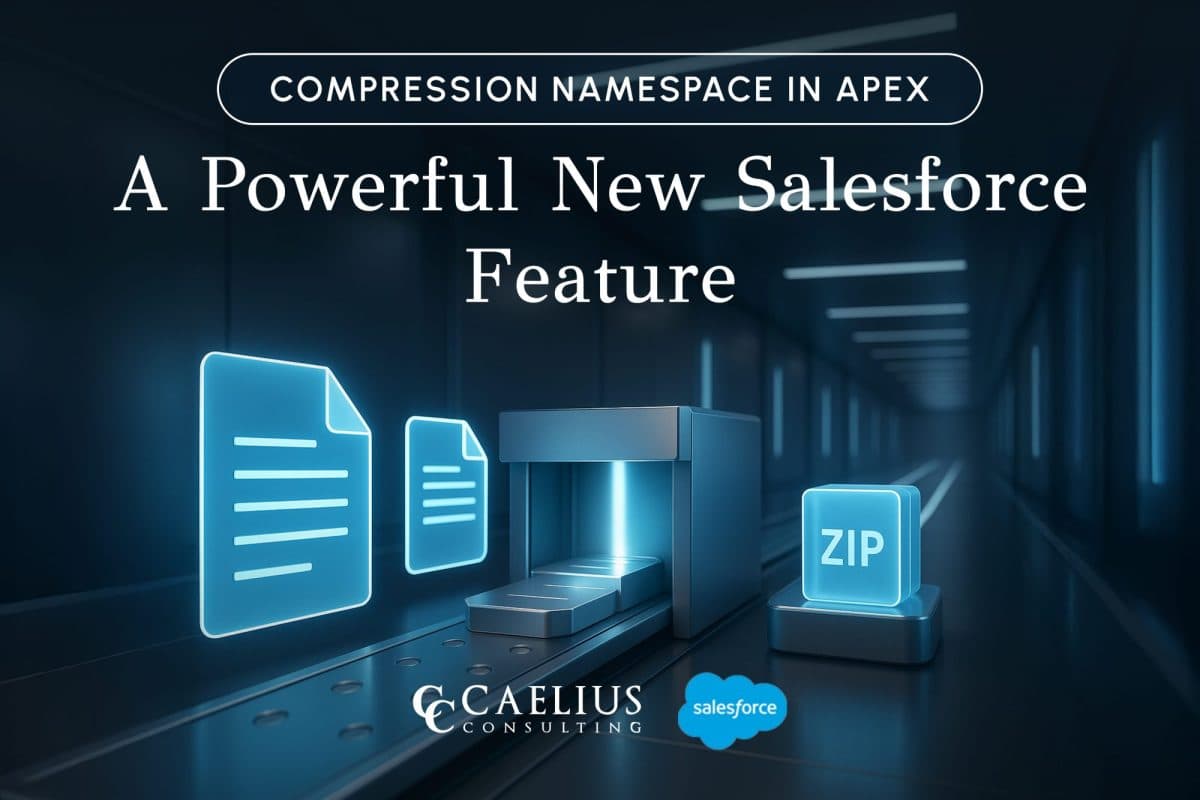Business Groups in MuleSoft CloudHub

Business groups are self-contained resource groups that contain MuleSoft Anypoint Platform resources such as applications and APIs. Business groups provide a way to separate and control access to MuleSoft Anypoint Platform resources because users have access only to the business groups in which they have a role. In this article we will discover how to create business groups on MuleSoft CloudHub.
Business groups reside within the master organization. The groups are organized in a hierarchical tree where the top-level business group is the root. Each business group you create has one direct parent and can have multiple children.
Business groups are required when your organization has multiple teams from different departments creating and publishing resources on Mulesoft Cloudhub iPaaS. You don’t want the resources created by one department to be visible to their team and sub department’s teams; for example, the finance department should only have visibility to API’s and exchange resources created by the finance and accounting, not the HR team.
Creating business groups in Mulesoft Cloudhub is pretty straightforward. However, before starting following the below steps, you need to make sure that your user has the organization administrator role, and your organization allows the creation of business groups. Also, business groups are hierarchical; the owner of a parent business group automatically has and retains administrator permissions for any child business group of that parent, even if they make another organization Administrators user owner of a child business group.
1.In the Anypoint Platform Side Panel Access Management, in the left menu, click organization.

2.Click on the blue plus sign or the Add Business Group button. You will get the following pop up:

3. Allocate the resources and give business group and Owner name in the pop up.

4. Click on Add business group after allocating the resources and giving the required permissions.
5. Now you can switch between business groups by clicking on the menu at the top right corner.

Feel free to leave comments on creating business groups in MuleSoft CloudHub.
Find more MuleSoft Tips & tricks right here on Caelius Consulting Inc Resource Centre.
Recent Blogs

AI-Driven PDF Parsing in Salesforce
Introduction For the current digital ecosystem, data is an important aspect for decision-making. Yet, for many organizations, a significant portion of this valuable data remains locked away in unstructured formats. Organizations handle thousands of PDF documents daily — ranging from contracts and invoices to lab reports, quotations, and service agreements. Traditionally, extracting structured data from… Continue reading AI-Driven PDF Parsing in Salesforce
AI-Driven PDF Parsing in Salesforce
Introduction For the current digital ecosystem, data is an important aspect for decision-making. Yet, for many organizations, a significant portion of this valuable data remains locked away in unstructured formats. Organizations handle thousands of PDF documents daily — ranging from contracts and invoices to lab reports, quotations, and service agreements. Traditionally, extracting structured data from… Continue reading AI-Driven PDF Parsing in Salesforce

Compression Namespace in Apex: A Powerful New Salesforce Feature
Introduction Working with documents inside Salesforce has always challenged developers because of the platform’s multitenant constraints. Previously, packaging and sending files in a compact form required external services, like an AWS Lambda function, that retrieved files via API and then compressed them. With the introduction of the Compression Namespace and the powerful pre-defined Apex functions,… Continue reading Compression Namespace in Apex: A Powerful New Salesforce Feature
Compression Namespace in Apex: A Powerful New Salesforce Feature
Introduction Working with documents inside Salesforce has always challenged developers because of the platform’s multitenant constraints. Previously, packaging and sending files in a compact form required external services, like an AWS Lambda function, that retrieved files via API and then compressed them. With the introduction of the Compression Namespace and the powerful pre-defined Apex functions,… Continue reading Compression Namespace in Apex: A Powerful New Salesforce Feature

Boost LWC Performance with Debouncing
Introduction Lightning Web Components (LWC) is a modern framework for building fast and dynamic user interfaces on the Salesforce platform. However, one common challenge in web development, including LWC, is efficiently handling user input, especially when dealing with rapid or repetitive events, such as typing in a search field. This is where debouncing becomes an… Continue reading Boost LWC Performance with Debouncing
Boost LWC Performance with Debouncing
Introduction Lightning Web Components (LWC) is a modern framework for building fast and dynamic user interfaces on the Salesforce platform. However, one common challenge in web development, including LWC, is efficiently handling user input, especially when dealing with rapid or repetitive events, such as typing in a search field. This is where debouncing becomes an… Continue reading Boost LWC Performance with Debouncing

Salesforce Pricing Automation: Boost Efficiency And Accuracy with Apex Triggers
Introduction In order to succeed in today’s fast-paced business landscape, precision and speed define competitive advantage. For businesses, especially those managing complex product catalogs, ensuring accurate pricing on sales orders or custom lines can be a time-consuming and error-prone task. To overcome this challenge, Salesforce trigger handlers offer a powerful solution to automate the entire… Continue reading Salesforce Pricing Automation: Boost Efficiency And Accuracy with Apex Triggers
Salesforce Pricing Automation: Boost Efficiency And Accuracy with Apex Triggers
Introduction In order to succeed in today’s fast-paced business landscape, precision and speed define competitive advantage. For businesses, especially those managing complex product catalogs, ensuring accurate pricing on sales orders or custom lines can be a time-consuming and error-prone task. To overcome this challenge, Salesforce trigger handlers offer a powerful solution to automate the entire… Continue reading Salesforce Pricing Automation: Boost Efficiency And Accuracy with Apex Triggers